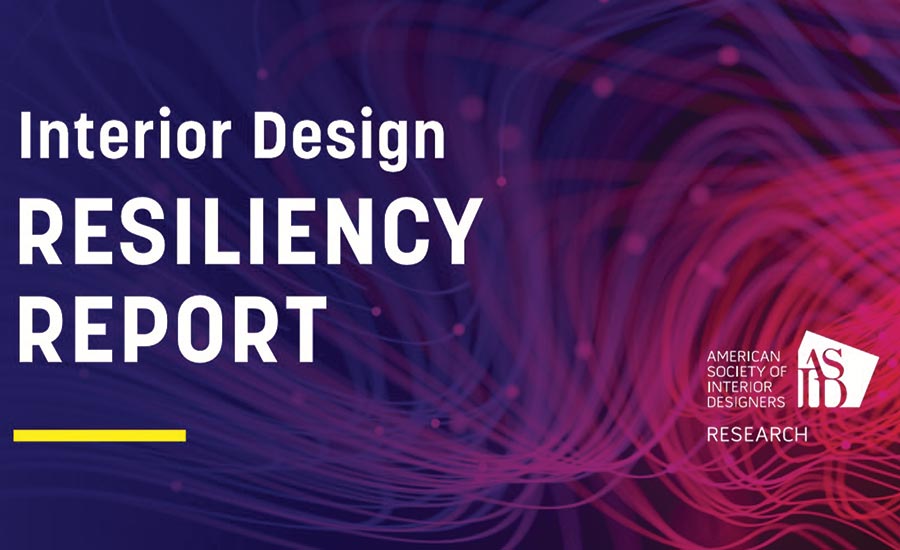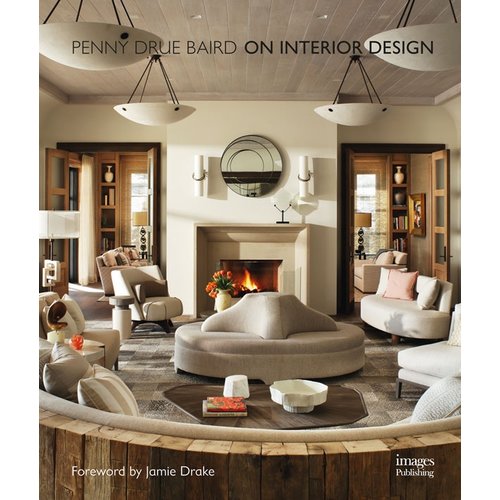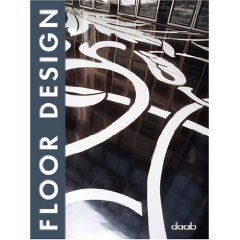Changes in Interior Design Post-Covid-19

The interior design community is composed of creative problem-solvers that place people’s health, safety and well-being at the heart of their work. The American Society of Interior Designers (ASID) Resiliency Report recently examined the impact of the pandemic, the response from the interior design community and the changes necessary in design to move forward.
The interior design community agrees that changes in interior design are expected due to COVID-19 and necessary for the future of design. 45 percent of respondents stated that the most challenging design issue that needs to be resolved to advance post-COVID-19 is public policy. Designers expect major changes to happen in their process.
‘‘I keep looking at this as an opportunity for designers to reset our definition of ‘good design,’” said Scott Brideau, of Little Diversified Architectural Consulting in Washington, D.C. “The challenge to our industry is how do we better address human health and sustainability within the framework of resiliency and create spaces that reinforce the better social habits we now know we need. How this crisis changes our paradigm and impacts building codes is going to be very interesting.”
Design has always been future-focused as it identifies better solutions for people, and designers expect major changes to occur specifically in entertainment venues and shared living facilities.
Changes in home design are predicted to accommodate current and future needs, such as more defined office space or workstations, additional technology in home, clean living, more defined e-learning space or workstations, and enhanced outdoor living options.
Major changes are expected in shared spaces, not just in the light of how a virus spreads, but also in how interaction and engagement are fostered to support social well-being.
New priorities emerged from the pandemic, with air quality and spatial layout at the very top when ranking spatial components that need further improvement post-COVID-19.
‘‘I want to move past [COVID-19] and re-envision,” said Toni Gocke Wyre, interior designer at Polk Stanley Wilcox in Little Rock, Arkansas. “I would rather take this as an opportunity to really think about how it should be done right. I look at this from immediate actions, intermediate actions and long-term goals.
Looking for a reprint of this article?
From high-res PDFs to custom plaques, order your copy today!








